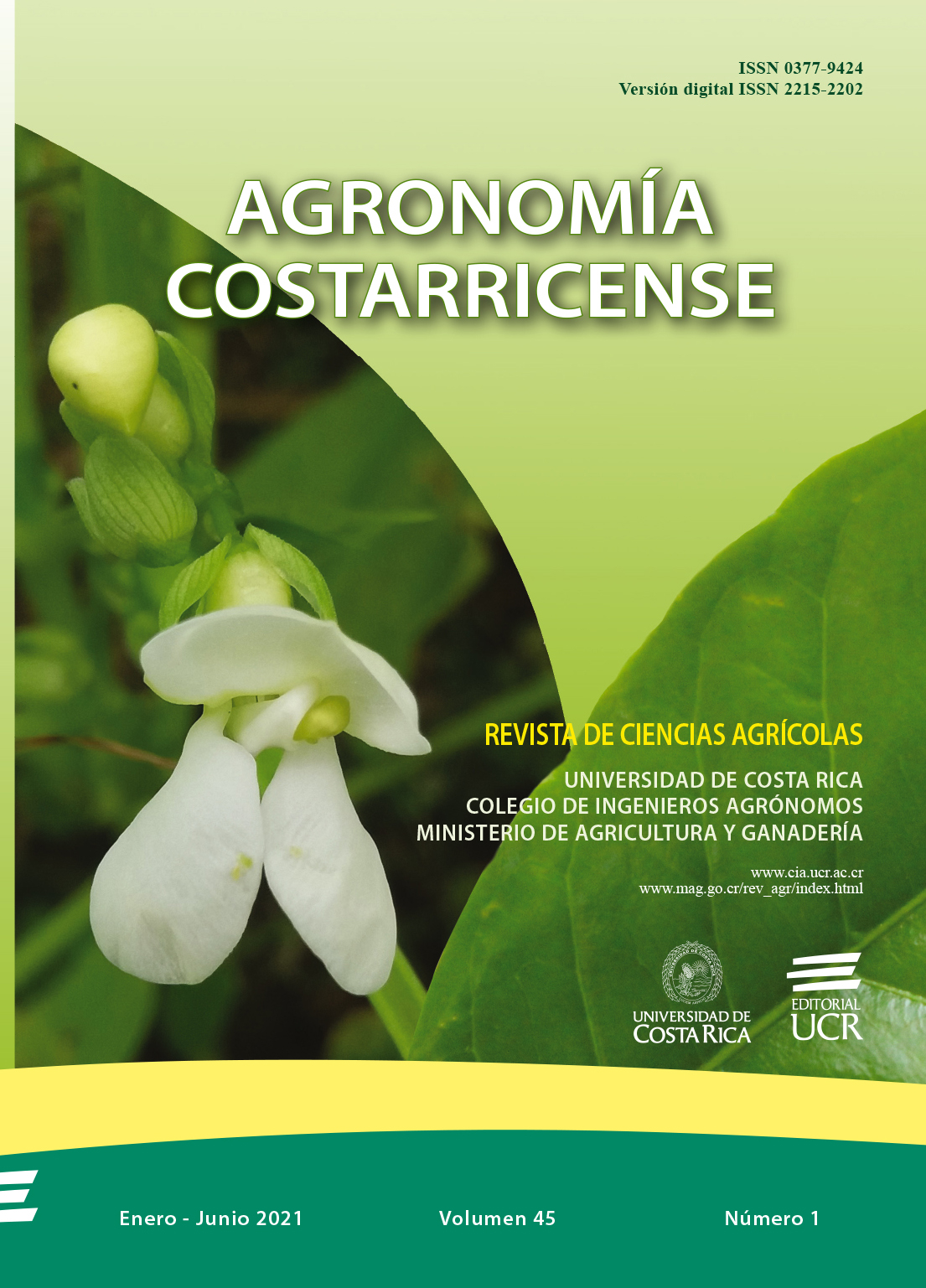Abstract
Introduction. The deterioration of water resources associated with anthropogenic activity, has been a central theme in the world summits held in the last quarter of the 20th century. In the agreements have transcended the importance of evaluating the impact of diffuse pollution intrusion in each territory. Objective. To validate the efficiency of the SWAT model in the Lower Basin of the Río Mayo in the State of Sonora, Mexico. Materials and methods. The SWAT model was used to carry out the hydrological simulation,to know the contributions of diffuse pollution within the Lower Basin of the Río Mayo in the State of Sonora, Mexico. The data analyzed were precipitation, temperature, vegetation cover, orography, types and land uses. Results. An inventory of diffuse pollution agents dragged towards the exorheic drains of the basin as well as annual measurement and their georeferenced location, where the contribution of nitrates and phosphates stands out as remnants of the agricultural activity developed in the basin. The information was validated with the Nash- Sutcliffe coefficient of efficiency, with a value of 0.8265 and an R2 of 0.96, which showed its high efficiency. Conclusion. Implementation of mechanisms that constantly monitor the effluents from the drains of the basins is imperative within the Mexican territory in order to care for the national water bodies.

